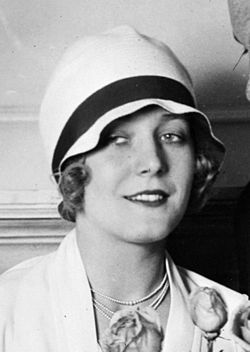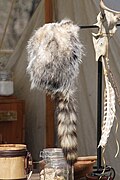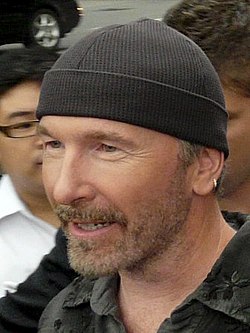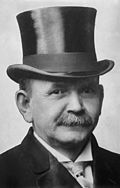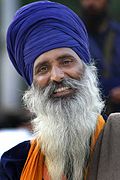
Headgear is worn for many purposes, including protection against the elements, decoration, or for religious or cultural reasons, including social conventions. This is a list of headgear, both modern and historical.
Contents
- Hats
- Worn in the past, or rarely worn today
- Caps
- Caps worn by men in the past, or rarely worn today
- Caps worn by women in the past
- Caps worn on ceremonial occasions
- Bonnets
- Bonnets for women
- Bonnets for men
- Helmets
- Hoods
- Headbands, headscarves, wimples
- Masks, veils and headgear that covers the face
- Other headdress
- Women's 2
- Men's 2
- Jeweled
- Wigs
- Headgear organised by function
- Religious
- Military and police
- Officials and civil workers
- Other specialist headgear
- National dress; association with a country, people and religion
- By ethnicity
- Chinese
- Filipino
- Japanese
- Korean
- Mongol
- Vietnamese
- See also
- References





















